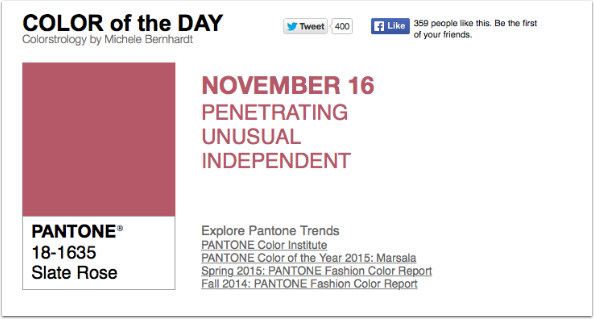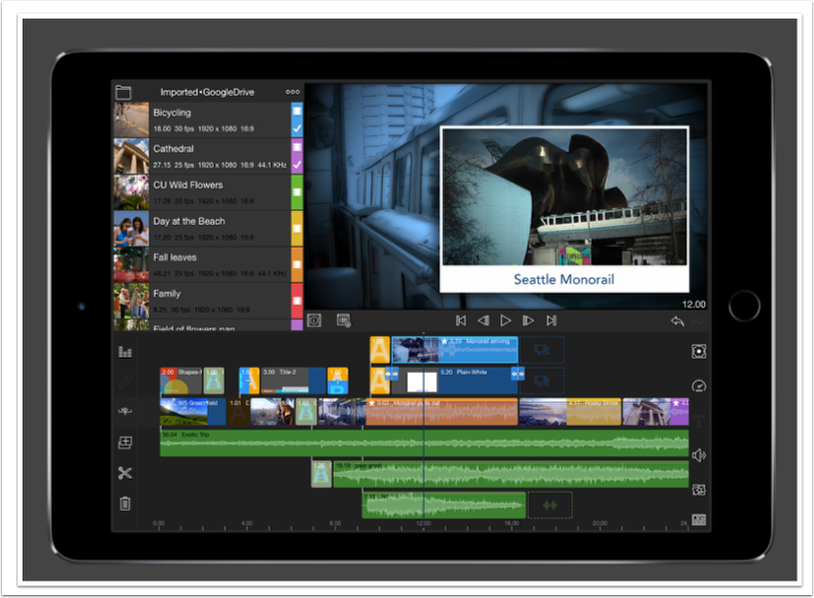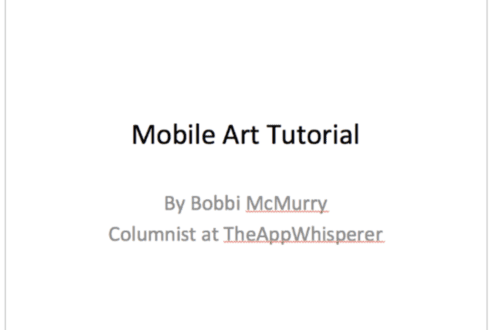Shooting Star – Storytelling: Letting Details Speak and Suggest – By Star Rush
We’re delighted to publish this very interesting article by our Columnist Star Rush for her column with us ‘Shooting Star’, which offers inspiration and guidance in seeing as a photographer sees, for those interested in in exploring creative ways to observe, record, and comment upon the small and large moments of one’s life and those people, things and places around them with a smartphone camera.
In this article Star discusses the art of storytelling and reveals her emotional techniques and subtleties, satisfying the viewer but leaving them pleading for more, don’t miss this!
Over to you Star…

‘Greenwood’ – Seattle 2010 with iPhone 3GS – @Star Rush
“Telling a story is dependent upon collecting and arranging information gathered from observation: sequencing, arranging, including and omitting. As a photographer, I arrange information to create relationships, tensions or conflicts by stressing similarity or dissimilarity, contrasts or affinities, alignment or disorganization. These relationships can be subtle or obvious in how they reveal patterns among the assembled details. It is in identifying patterns that viewers extract meaning and distill emotions from the photograph.
Personally, I lean toward subtlety and understatement: saying more by revealing less, suggesting relationships rather than insisting upon them. I also have a bias for subtlety as viewer. I find that leaving space for viewers to enter the photograph gives them permission to contribute to the arrangement of details, leaves room for multiple meanings, and a kind of ambiguity that can lead to other associations, remembrances, feelings than perhaps those I set out with originally, when I snapped the photo. It’s breathing room for feelings and thoughts. A story isn’t meant to be an editorial or directions, where information is selected to reveal only one opinion in the most obvious or explicit way possible.
Visual storytelling is conveyed in foundational shots: close-up, portrait, medium, action, and wide. I’m not the source of this breakdown, as they’re common to film-making and stressed in photography. These guide viewers in how to see the details assembled. In a film, as in photo essays, their sequences combine to tell a story, to reveal it.

‘Strange Dream’ – Seattle 2013 with iPhone 5 – ©Star Rush
-
close-up: a detailed shot (excludes context)
-
portrait: often the eyes tend to be the most compelling aspect of portraiture because it connects viewers to the humanity of the subject
-
medium: situates subjects in relationship to the area around them
-
action: show people as they move in their environment
-
wide: establishes a scene and gives a sense of place
Does narrative photography require people be included in the photograph? Not for me. One on-going project, for which I am known, is my Dream Car series. In the series, I am documenting in black and white American cars of the 1960s and 1970s as I find them on the roads. These are not show cars but daily-drivers. They have the marks the marks of life: dents, rust, scratches, and the rest.

‘Deflated’ — Seattle 2011 with iPhone 3GS – ©Star Rush
For my this series as well as individual frames, I’ve elected to capture the cars in medium, action, or wide shots. The reasons is that I am trying to tell a story via still life by including the subject within its context by capturing the car in its environment or engaging with its environment. I’m also purposefully selective in what I include of that environment by reducing or eliminating the visual presence of the contemporary. I do this via framing–omitting details that would situate the car in today’s world, where for me, the two are too incongruent. In the medium shots, I show the car where I found it: in a parking stall, parked on the street, or running across an intersection.
I am also attempting not to objectify (or eroticize) the cars by using close-ups or dynamic angels. I don’t want to present details of chrome bumpers, headlights, undulating fenders, and the rest without their context in the environment. Most of the time, I’m omitting the explicit human presence, too, unless the humans are in the environment, as opposed to with the car itself. I want to see the car photos as a kind of landscape or environmental photograph, because I want to engage the relationship of the old car with a sense of place, whether “place” is real or mythic.

‘Barracuda’ Seattle 2011 with iPhone 3GS – ©Star Rush
The black and white is intended to suggest the less-than-real aspect of these photos, to help situate them in a time that is evocative of the past more so than the present, while not entirely trying to mimic the past. Monochrome also emphasizes the tone and and mood I am after, which leans toward the melancholy. The action of the photos I think is suggested rather than stated as the conventional understanding of automobiles is that they go: power, speed, endurance, and the rest. So the contrast is established when the cars do not move, yet details on them suggest a life beyond the frame, preceding this frame: they’re not shiny and new.

‘Las Margaritas’ 2011 with iPhone 3GS – ©Star Rush
Now you try it: Choose a subject. It may be helpful to choose someone you know to help you. Go to an area where you can take these three shots: 1. portrait: focus on the subject’s face, especially the eyes; 2. medium: capture the same subject in his/her environment so that both are equally present in the frame; 3. action: capture the subject as he/she moves into or out of the environment. Review each shot. How has each shot type affected the information in the photograph: what patterns emerge among the details in each shot and across the shots, how has altering shots affected the relationship between subject, environment, action?



11 Comments
Robert Lancaster
Great article and fantastic insights Star. Thanks so much for sharing this with us.
The fact that the article featured classic American cars certainly helped too.
Star
Thank you, Robert. I appreciate your dropping by to read it and leave a comment. The car photos are part of an on-going project of mine, “Dream Car,” of which there’s a mini blurb.com book. If you’re interested, you can see some of these and others on my website: http://www.starrush.net/portfolio/dream-car/.
davidhenry
Yes – I got a lot from reading this, Star! Given me plenty to think about… and try out in my images.
Star
Thank you, David, for stopping by and commenting. Looking forward to seeing those images.
Carlos
Hey Star…nice concept. Many of the cars you have photographed, I have been in them at one time or another. Big metal monsters in another time and era. I guess the next vehicle on the list to become extinct will be the SUV.
Checked out your preview to your blurb book. For another wishing to do so…
http://www.blurb.com/books/2430998-dream-car#
Thanks Star.
Star
Hi, Carlos.
Cool that you’ve had those experiences with such old American cars. They do suggest a past that won’t be returning. Perhaps the SUV is next–. It too says something about the culture that encouraged its use and consumption in a time that it really was incongruent with a large part of environmental conditions of our time. Thanks very much for sharing the blurb book link here. Best wishes.
Tracy Mitchell Griggs
Nice compilation of vintage autos. Good idea for a feature. One of my favorite, decades ago photo exhibit was in LA – a photographer set up a tripod on the passenger seat and shot photos of people in cars as he drove (that era’s version of texting and driving).
And lots of cars to choose from on the west coast, versus east and mid west, where the side effects of poor weather typically drive cars of this vintage to a much earlier grave.
I am archiving this article for future street travels and a sooner than later relocation, closer to more urban areas. Those of us stuck in rural-ville don’t get the juicy street bits to shoot-too busy stepping over cow and horse manure and wondering when that barn next door is finally going to give up the ghost.
Star
Thanks, Tracy. American cars are rich for material, aren’t they. I spend a good deal of time these days split between Seattle and rural Pacific County in southwest Washington on the coast. I’ve found my subject matter switches. I’m loving the time to study the landscape (outside and my own interior landscape) in ways different yet the same with those in the urban milieu. I appreciate your stopping by and sharing your thoughts, too!
Janine Graf
You are so eloquent Star, and I always feel just a wee bit smarter after reading one of your articles. 🙂
Star
You are kind, Janine! Thank you for your consistent support and encouragement. Means a lot. I am so happy you like the articles.
Christina N. Andersen
Very educational and food for thought. You know I adore your car stories. Beautiful and melancholic. Many thanks Star.